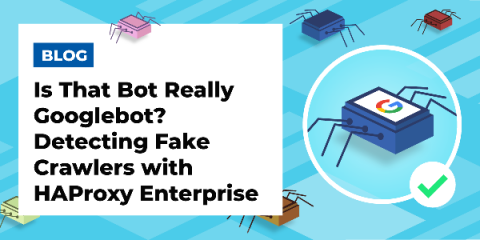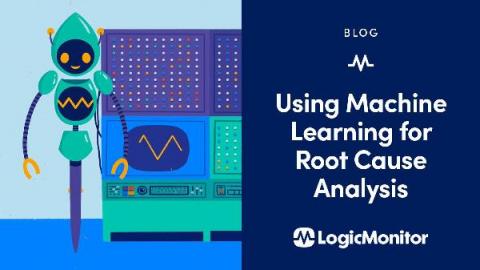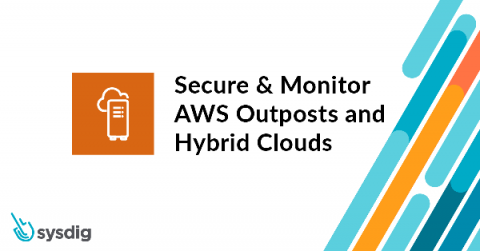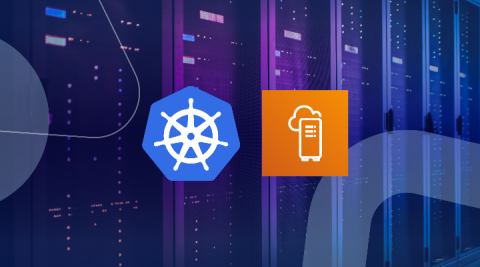Rancher Recognized as a Leader in Latest Forrester Wave
The enterprise Kubernetes management space has definitely become a lot more crowded over the past two years as traditional vendors and startups alike attempt to grab a slice of this massive market. The increasingly competitive vendor landscape makes Forrester’s recent recognition of Rancher Labs that much more meaningful.











